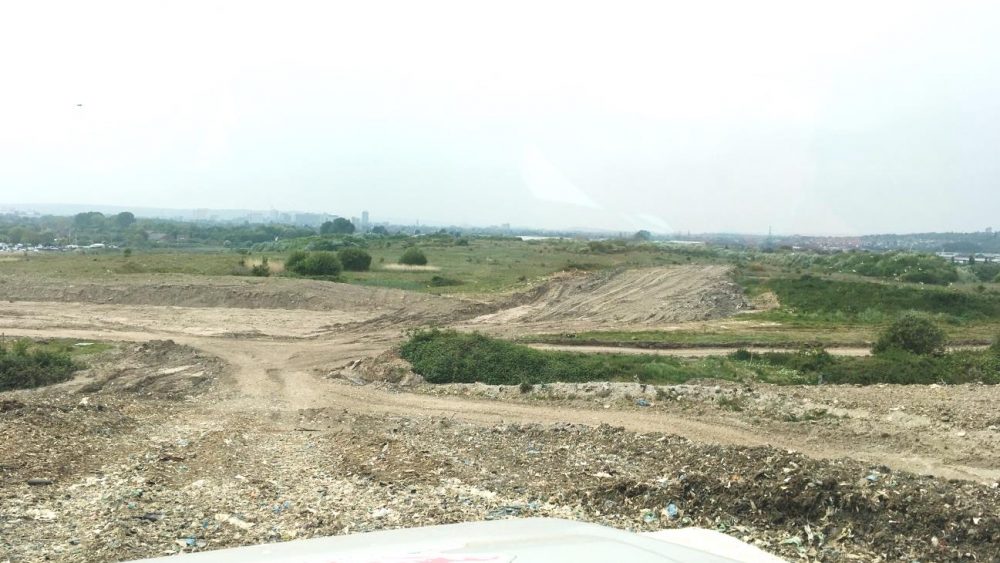Here in Cardiff, we no longer send our waste that cannot be recycled to landfill; it is processed to create energy and you can read our blog to find out more. However, the landfill site at Lamby Way still needs to be carefully managed to keep it safe and to ensure the land can be used in the future.
We caught up with landfill manager Gareth Ffoulkes to learn more about the workings of the landfill, it’s history and how he manages the land to make it safe for future use.
Can you explain the history of the landfill?
The landfill opened in 1976 after the river Rumney got diverted. . To build lamby way East they had to drain the salt marshes and create a series of drainage reens. Lamby way East was originally due for closure in 2002 but since it opened in the 70’s we have recycled more and more, diverting waste from landfill, giving more landfill space, so it has been extended to summer 2017.
When was the landfill capped?
Lamby Way was fully capped in 2018. The capping is the process of ceiling the landfill to make sure no contamination comes out and nothing under permitted goes in, it also allows a use for landfill in the future.
What type of testing do you need to do to manage the landfill?
We do tests on surface water, ground water, leachate and perimeter gas. We test these to make sure nothing is leaking out of the landfill. Common things we test for is methane, carbon dioxide, ammonia and various heavy metals.
Are there any hazards that come along with managing a landfill?
The landfill generates contaminated water called leachate, which can be hazardous for the surrounding environment if allowed to escape. To prevent this Lamby Way has a treatment plant that collects all the leachate and treats it to acceptable level, before discharging straight to Welsh Water treatment plant. This means no leachate can affect the surrounding environment. Landfill also generates gas, which left unchecked would cause pollution to the air and dangerous concentrations of chemicals if breathed in by anyone in the area. To prevent this the landfill is capped with air tight levels of plastic and the gas generated is extracted via the gas collection infrastructure and is burnt off on sight generating of 3.2 megawatts of electricity a year.
Are there any plans for the future, once the landfill is shut?
The plans for Lamby way are to build a solar farm on top of the landfill and to continue the Wales costal path around the site. There is talk currently about putting information areas for educational purposes about the history of the landfill.
It is definitely a good thing that we have Gareth to manage the landfill and keep the local environment safe from the potential hazards. It’s also good to hear that the land will hopefully be used for a clean, green solar farm.
| Published: | 29/08/2017 |



Comments are closed.